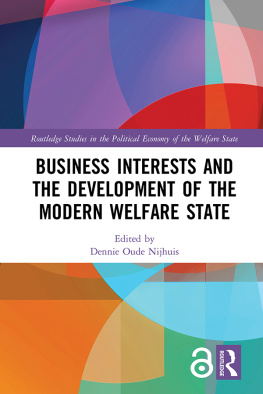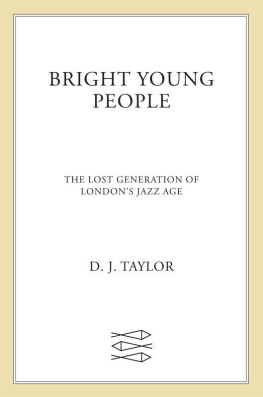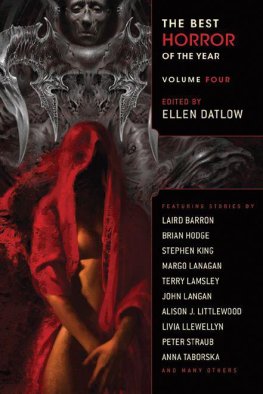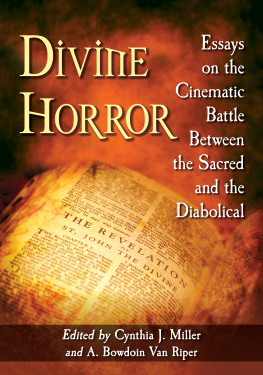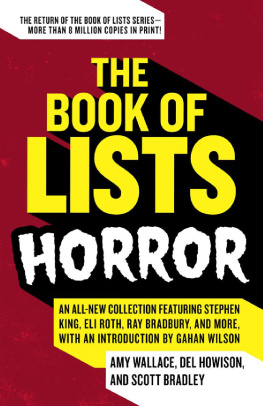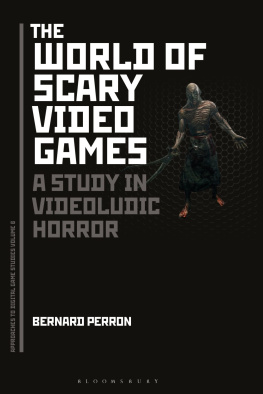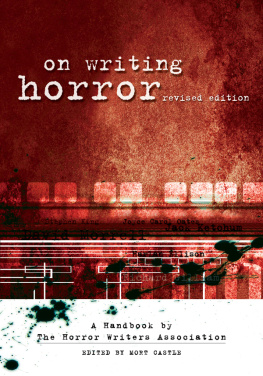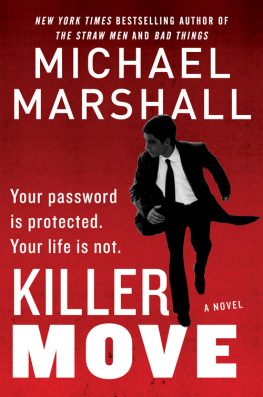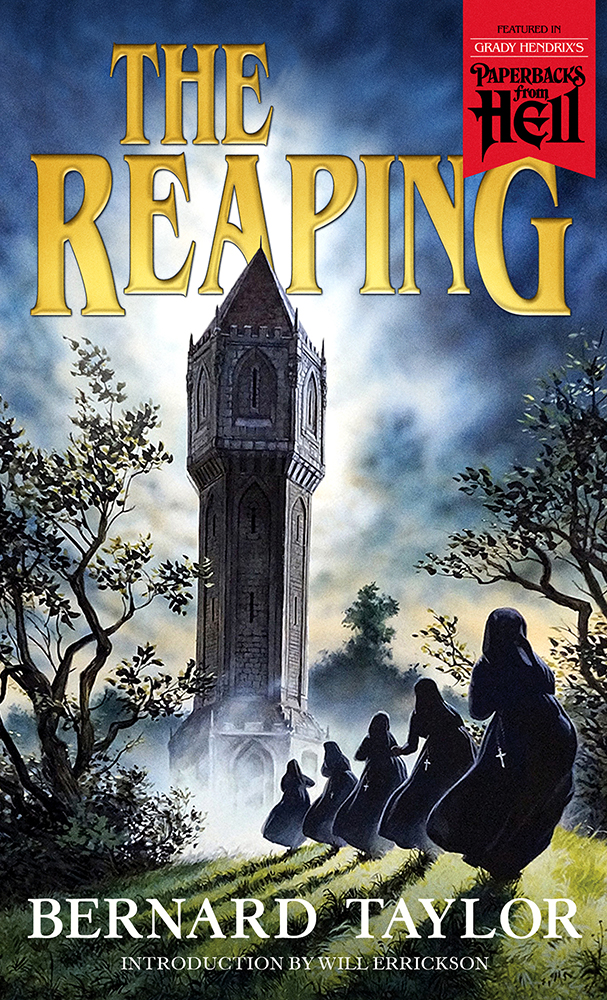THE REAPING
BERNARD TAYLOR
With a new introduction by
WILL ERRICKSON
VALANCOURT BOOKS
The Reaping by Bernard Taylor
Originally published by Souvenir Press in 1980
First Valancourt Books edition 2019
Copyright 1980 by Bernard Taylor
Introduction 2019 by Will Errickson
Paperbacks from Hell logo designed by Timothy ODonnell. 2017 Quirk Books. Used under license. All rights reserved.
Published by Valancourt Books, Richmond, Virginia
http://www.valancourtbooks.com
All rights reserved. The use of any part of this publication reproduced, transmitted in any form or by any means, electronic, mechanical, photocopying, recording, or otherwise, or stored in a retrieval system, without prior written consent of the publisher, constitutes an infringement of the copyright law.
Cover painting by Oliver Frey
Cover text design by M. S. Corley
INTRODUCTION
The first time I heard of Bernard Taylor was around Halloween of 1994 , when I was working in a large chain bookstore and trying to stock the horror section with some terror-ific titles. My guide was Horror: Best Books by Stephen Jones and Kim Newman, two men who know a thing or two about the genre. Well-known horror writers wrote about their favorite books, and the esteemed author and editor Charles L. Grantanother writer who knows a thing or two about the genrechose Taylors 1977 novel Sweetheart, Sweetheart to write a short essay about. Grant notes, among other things, its elegant use of language, and that it achieves its effects without artifice. He plainly states its the best ghost story in novel form hes ever read. Of course when I tried to procure copies of this title for the bookstore shelves I was unable to, for whatever long-ago reason, but it went on my list of must-reads. Many years later, when I began my blog Too Much Horror Fiction, I sought it out in its 1979 Ballantine paperback edition and read it. I wasnt quite prepared for the unhurried buildup of events, but by the final pages, I was hooked. Then I read other Taylor titles, and was always taken with them, impressed by their intelligence, their patience, their care and concern for characterization and dialogue and their suspenseful finales.
Looking back over the titles he published during the Paperbacks from Hell era, the covers of Taylors books show the entirety of the horror publishing boom. There are the requisite blurbs that compared his first novel, The Godsend ( 1976 ), to The Exorcist , The Other , and Rosemarys Baby , that original unholy trinity of bestselling horror novels; there is erotically unsettling cover art by the unsurpassable illustrator George Ziel; there are title typefaces in dripping blood-red letters; encomiums from such fine horror connoisseurs as Publishers Weekly , the Evening Standard , the Hartford Courant , and the New York Daily News ; theres that one blurb that demands Stephen King himself move over, ostensibly because here comes Taylor to usurp the position of bestselling horror author. There is also one uber-unsettling creepy fetus almost winking at the prospective book-buyer from the inky black cover.
The purpose of all those elements is obviously to sell books, shift units, move product, and it looks like it worked, because here we are over years later still talking about Bernard Taylor and his horror novels, many of them reprinted by the fine fellows of Valancourt Books. Indeed they brought us Taylors latest work, The Comeback , only last year. But those garish, gaudy, even gauche cover images, so iconic of their era, belie what makes Taylor special.
So why are we still talking about these books, and in particular, his third novel, The Reaping ( 1980 ), the reprint of which you now hold in your hands? It is not because Taylor achieved King-size success, or that his novels are in any way similar to Kings vintage-era output. I believe it is because Taylor works in a quieter, subtler, more restrained manner that is not in a godawful rush getting to the bizarre and outr, the supernatural and the occult. His first three novels are kin to the contemporaneous horror/thrillers of Ira Levin, Robert Marasco, and Thomas Tryon. If youve read any of those authors early Seventies worksand if you havent, you mustyou will recognize some of the template in Taylors novels as well. He takes his time, he settles into the story, he lets you get to know his characters and their situations, not giving the reader many clues to which narrative thread will be the one to unravel everything. But his novels do not overstay their welcome; none is more than pages, and once the horrors start coming, they come fast and hard. The climax of Sweetheart is sad and bloody and shocking, and the finale of The Reaping features the most menacing creaky lift this side of The Shining .
I like the realistic quality that Taylor brings to the proceedings: his characters are upscale, literate, ambitious; they appreciate the finer things and talk easily of art and literature. Alan Marlowe, the main character of The Godsend , listens to opera while illustrating a new edition of The Arabian Nights . The haunted David Warwick of Sweetheart is an English teacher. Tom Rigby, our protagonist here, when not painting portraits, relaxes with the novels of Muriel Spark and Thomas Hardy. Taylor is also adept at the push and pull of romantic relationships, ones fraught with insecurity, the importance of fulfilling work, or the unfathomable weight of dead children, the strain that family history puts on the present, the desire to do the right thing in a world gone mad. Taylor writes like he has perhaps experienced these events, but presenting them in readable prose is a skill beyond many, many horror writers. Dont get me started on the average horror writers inability to depict a believable sex scene. The Reaping hinges on it, and Taylor is up to the task if youll pardon the pun.
So, first-time reader of The Reaping , youre wondering whats in store? An art-supplies shop owner with ambitions of being a portrait-painter is commissioned out of the blue to paint a portrait of a woman living in Woolvercombe Mansion. Offered more money than he can refuse, he sets out with paints and easels to a familiar genre setting: the giant house of doom populated by aloof servants, faux-friendly assistants, a come-hither-yet-keep-away possible romantic interest, and a very, very, very old lady who isnt shy about showing off her withered, decrepit body. Odd things begin happening: five nuns lurk about the premises, his car keys are lost, the portrait model is being mistreated by one of the menacing servants, and then theres the matter of a disturbing massage of George Costanza-like proportions. Aided by another familiar genre offeringthe research trip to a library where terrible truths are slowly realizedRigby eventually finds out why he was chosen to paint this portrait.
Taylors books are not the kind that scare the bejabbers out of you or keep you from sleeping for a month! They dont rely on full-throttle shocks and tableaus of gore and cruelty to unsettle and disturb; no, Taylors style is deceptively simple, a fine-tuning of the art of misdirection, piling detail upon detail so that before you know it, youre in too deep, and the horror is about to start. In fact, its been going on all along. And that, devoted horror reader, is why youre here. Welcome to The Reaping .
Will Errickson
Will Errickson is a lifelong horror enthusiast. Born in southern New Jersey, he first encountered the paperback horrors of Lovecraft and Stephen King in the early 1980 s. After high school he worked in a used bookstore during the horror boom of the s and early s, which deepened his appreciation for horror fiction. Many years later, in 2010 , he revisited that era when he began his blog Too Much Horror Fiction, rereading old favorites, rediscovering forgotten titles and writers, and celebrating the genres resplendent cover art. With Grady Hendrix in 2017 , he co-wrote the Bram Stoker Award-winning Paperbacks from Hell , which featured many books from his personal collection. Today Will resides in Portland, OR, with his wife Ashley and his ever-growing library of vintage horror paperbacks.



